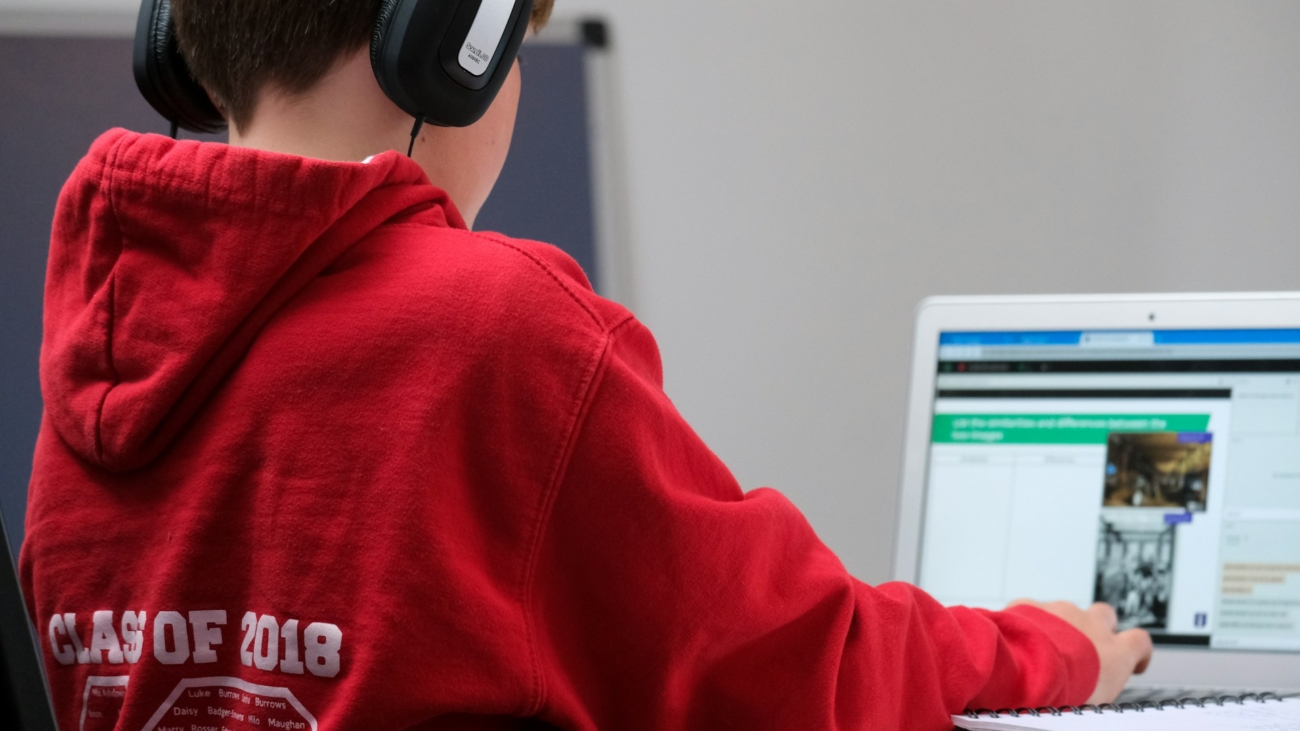The education landscape is undergoing a transformation. Traditional methods, reliant on delayed feedback from teachers, are giving way to a more dynamic and personalized approach. Enter real-time feedback, a powerful tool that empowers learners with immediate insights into their work, allowing for course correction and deeper understanding. This article explores how AI assistants can be integrated into the learning process to provide real-time feedback on assignments, propelling students towards academic excellence.
The Power of Real-Time Feedback
Delayed feedback often leaves students confused about their strengths and weaknesses. Real-time feedback bridges this gap by offering immediate insights as students work. This fosters a more interactive learning environment, allowing students to:
- Identify Errors Early: Catching mistakes as they happen prevents them from becoming ingrained habits.
- Self-Correct and Improve: Immediate feedback allows students to adjust their approach and improve the quality of their work.
- Gain Deeper Understanding: Real-time feedback can clarify concepts and address misconceptions before they solidify.
- Boost Confidence: Positive reinforcement during the learning process motivates students and builds confidence in their abilities.
The Rise of the AI Assistant
AI assistants are revolutionizing various industries, and education is no exception. By leveraging Natural Language Processing (NLP) and advanced algorithms, AI assistants can act as virtual tutors, analyzing student work and providing real-time feedback. Here’s how AI assistants can be implemented:
- Automated Grading and Feedback: AI assistants can grade essays, code, and other assignments, offering feedback on grammar, syntax, logic, and adherence to rubrics.
- Personalized Insights: AI can analyze a student’s work style and identify common errors. This allows for tailored feedback that addresses individual needs.
- 24/7 Availability: Unlike human teachers, AI assistants are available anytime, anywhere. Students can receive feedback outside of class hours, catering to their individual learning pace.
- Interactive Learning Experiences: AI assistants can be integrated into learning platforms and create interactive exercises that provide feedback throughout the learning process.
Implementation Considerations
While AI assistants offer tremendous potential, their successful integration requires careful consideration:
- Teacher Oversight: AI assistants should complement, not replace, teachers. Human expertise remains crucial for complex feedback and addressing non-academic aspects like social-emotional learning.
- Data Privacy: Student data privacy is paramount. Clear guidelines on data collection, storage, and usage are essential.
- Bias Detection: AI algorithms can perpetuate biases. Educators must be vigilant in identifying and mitigating potential biases in the feedback provided.
Beyond the Basics: The Future of Real-Time Feedback with AI
The potential of AI assistants extends beyond basic grading and error correction. Here’s a glimpse into the future of real-time feedback:
- Adaptive Learning: AI can personalize the learning path based on a student’s performance. By analyzing feedback data, the AI can recommend additional resources, adjust difficulty levels, and suggest alternative learning methods to cater to individual learning styles.
- Formative Assessment: Real-time feedback becomes a continuous process, not just reserved for assignments. AI tutors can analyze student interactions during lectures, discussions, and online activities, providing ongoing feedback and identifying areas where students may be struggling.
- Creative Feedback: AI can go beyond traditional subjects. By analyzing student writing styles and artistic techniques, AI assistants can offer constructive feedback on creative writing assignments, musical compositions, and visual art projects.
- Collaborative Learning: AI can analyze group projects and provide feedback on communication, teamwork dynamics, and individual contributions. This fosters collaborative learning skills and promotes effective teamwork.
While challenges like ethical considerations and teacher training remain, the future of real-time feedback with AI assistants is bright. As AI technology matures and educators embrace its potential, real-time feedback can become a transformative tool, empowering students to become self-directed learners and achieve their full academic potential.
The Human Touch: The Synergy Between AI and Educators
The rise of AI assistants in education doesn’t diminish the role of educators. In fact, AI can become a powerful tool for teachers, allowing them to:
- Focus on Complexities: By offloading routine tasks like grading multiple-choice questions and basic grammar checks, AI frees up valuable time for teachers to address complex issues like critical thinking and problem-solving skills.
- Personalized Instruction: AI-generated feedback can provide a starting point, allowing educators to tailor their interventions based on individual student needs. This personalized approach can be particularly beneficial for students with learning disabilities or those requiring additional support.
- Data-Driven Instruction: The data collected by AI assistants can offer invaluable insights into student progress, learning styles, and common misconceptions. Teachers can leverage this data to adjust their teaching methods, create targeted interventions, and track the overall effectiveness of their courses.
Ultimately, the most effective learning environments will embrace the synergy between AI and human educators. AI assistants can provide the scaffolding and immediate feedback, while human teachers offer the empathy, guidance, and complex instruction crucial for holistic development. As AI continues to evolve, it has the potential to become a powerful ally in the hands of educators, fostering a future of personalized, data-driven, and truly effective learning for all students.

